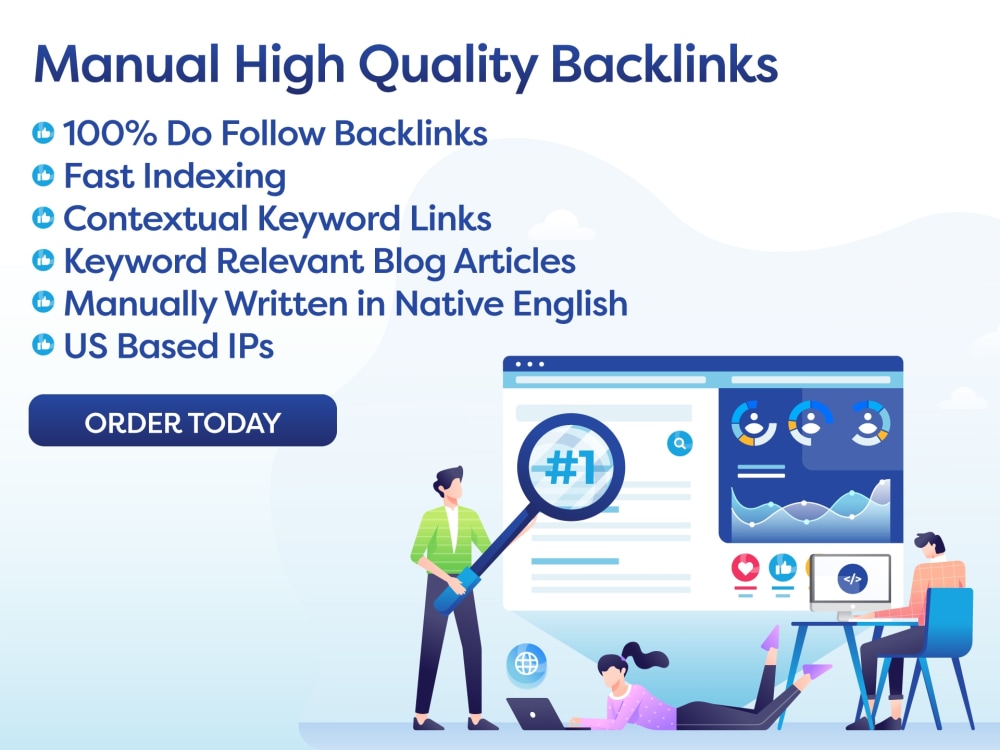Navigating Google Analytics Like a Pro
Google Analytics is a powerful tool that website owners and digital marketers can use to track and analyze website traffic and user behavior. With its comprehensive data and user-friendly interface, Google Analytics has become a staple in the digital marketing world. If you want to drive your website’s success, harnessing the power of Google Analytics is a must. In this article, we will walk you through the basics of Google Analytics and how you can use it to glean actionable insights for your website.
What is Google Analytics?
Google Analytics is a free web analytics tool provided by Google. It allows website owners to track and analyze various aspects of their website, such as traffic, user demographics, and user behavior. By implementing a tracking code on your website, Google Analytics can collect data and provide valuable insights into how users interact with your website.
Getting Started with Google Analytics
To start using Google Analytics, you will need a Google account. If you already have a Gmail or YouTube account, you can use the same login credentials to access Google Analytics. Once you have logged in, you can set up a new Google Analytics account by following these steps:
- Click on the “Sign up” button on the Google Analytics homepage.
- Enter your website’s name, URL, and select your industry category.
- Choose your time zone and click on “Create.”
- Agree to the Terms of Service and click on “I Accept.”
- You will be provided with a tracking code that you need to implement on your website.
Once the tracking code is implemented, Google Analytics will start collecting data from your website. It may take a few hours for the data to appear on your dashboard, so be patient.
Understanding the Google Analytics Interface
The Google Analytics interface may seem overwhelming at first, but once you familiarize yourself with its different sections, it becomes easy to navigate. Here are the main sections of the Google Analytics interface:
Home
The Home tab is the default view when you log in to your Google Analytics account. It provides an overview of your website’s key metrics, such as the number of sessions, users, and pageviews. You can also see real-time data, top pages, and traffic sources on this page.
Reporting
The Reporting tab is where you can access all the data and reports in Google Analytics. It is divided into different sections, including Real-Time, Audience, Acquisition, Behavior, and Conversions. Each section contains various reports that you can use to analyze your website’s performance.
Customization
The Customization tab allows you to create custom reports, dashboards, and alerts. You can also set up goals and create segments to analyze specific subsets of your website’s data.
Admin
The Admin tab is where you can manage your Google Analytics account. Here, you can add and remove users, set up filters, and adjust account settings.
Using Google Analytics to Drive Your Website’s Success
Now that you have set up your Google Analytics account and understand its interface, it’s time to use the data to drive your website’s success. Here are a few ways you can use Google Analytics to improve your website:
Identify Your Top Traffic Sources
The Acquisition section in Google Analytics allows you to see where your website’s traffic is coming from. This information can help you identify which channels are driving the most traffic to your website, such as organic search, social media, or referral links. You can use this data to focus your marketing efforts on the channels that are most effective for your website.
Analyze User Behavior
The Behavior section in Google Analytics provides insights into how users interact with your website. You can see which pages they visit, how long they stay on each page, and where they exit your website. This data can help you identify any usability issues on your website and make improvements to enhance the user experience.
Set Up Goals and Track Conversions
Goals and conversions are essential metrics for measuring the success of your website. Google Analytics allows you to set up goals, such as completing a purchase or filling out a contact form, and track how many users are completing them. This data can help you understand your website’s conversion rate and make adjustments to improve it.
Create Custom Reports and Dashboards
Google Analytics offers the option to create custom reports and dashboards, allowing you to focus on the metrics that matter most to your website. You can customize reports and dashboards to show data for specific time periods, segments, or metrics, making it easier to analyze and track your website’s performance.
Final Thoughts
Navigating Google Analytics like a pro is essential for driving your website’s success. By understanding the basics of Google Analytics, you can use its data to make informed decisions and optimize your website for better performance. We hope this article has provided you with a good starting point for using Google Analytics to glean actionable insights for your website.

